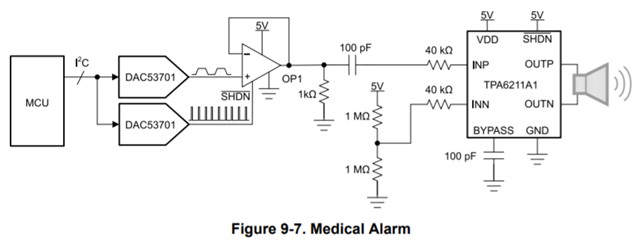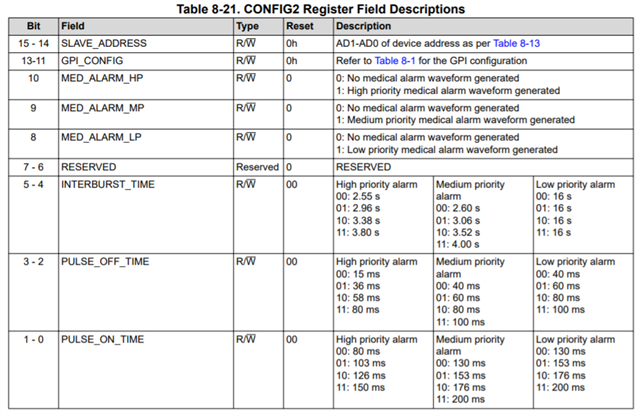Hello Team TI,
Can anyone help me generating medical alarm from this Smart DAC. I tried hard but couldn't get it working.
Please give me I2C code for configuration of this chip to generate Medical Visual and Audio alarm using GPI Pin.
Also please suggest the circuit diagram that can be used for this purpose.
Thanks and Regards,
Deepak Kumar,
Embedded Design Engineer,
Noccarc Robotics Pvt Ltd.





